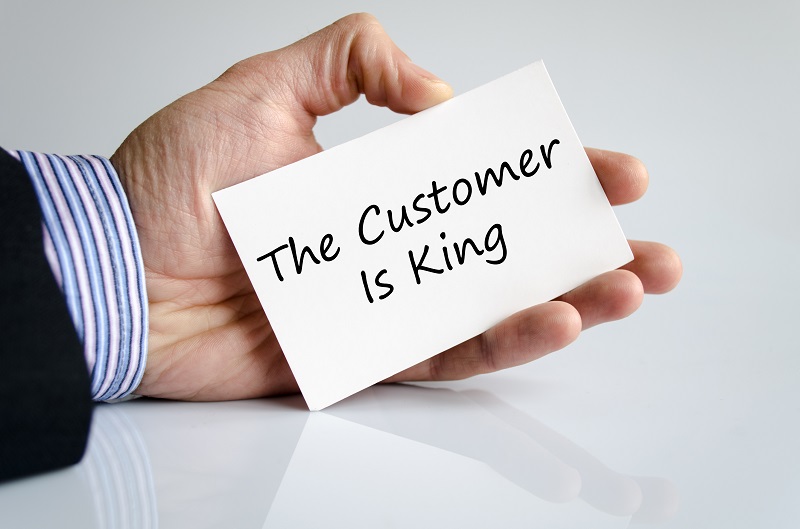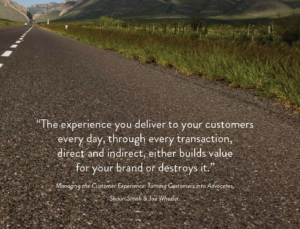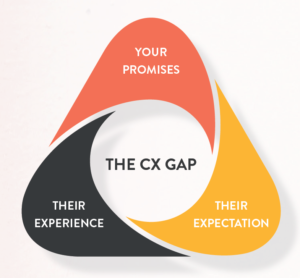
Welcome to the first in a series of blogs from Beehive Research on the customer experience design. In this blog we ask the question as to whether the customer is always right?
In the hyper-connected world we live in, with information at our fingertips, there is no disputing the primacy of the customer but is the customer actually always right?
When is the Customer Right?
Of all the great examples, the ‘United breaks guitars’ story is perhaps the most famous and sobering of them all. Clearly United were wrong and the customer was right, but didn’t they pay dearly for it with over 10 million negative views?
So is ‘the customer always right’?
Well if you take the United example you might say yes. And for years many leaders have expressed such views, making it hotly debated in some quarters.
When Isn’t the Customer Right?
This debate revolves around the customer who is belligerent, rude, unreasonable or just downright wrong and won’t admit it.
The vast majority of customers just want what they have been promised, or told is the minimum they should expect. And generally most customers, when they complain, have a legitimate reason for doing so. In these situations the organisation needs to deal with the situation sensibly to avoid a ‘United’ disaster.
However, there will undoubtedly be that that customer who is belligerent, rude, unreasonable or just downright wrong and won’t admit it?
How to Empower Your Staff
An organisation that takes the stance that the customer is always right can, in some way, undermine staff at the sharp end dealing with customers. Customer facing staff who are not empowered to deal with customers fairly and appropriately can be shackled.
Fortunately many organisations treat the mantra of the ‘customer is always right’ with some measure of sensibility.
Whilst an important factor, they don’t take it to mean 100% of customers 100% of the time.
This can be an effective way to empower your staff to deal fairly and appropriately with those rare customers who are downright wrong.
For more about developing an effective customer experience programme and what this means for your staff with our guide to the Promises, expectation and how to avoid the CX Gap.

The Impact of managing Customers Appropriately
The issue nowadays is so different to just 20 years ago. Now, every customer has so much information and choice, that it is extremely easy to switch supplier at the press of a button. And with social media, they are able to tell friends, relatives, acquaintances and the public instantly, as Dave Carroll did.
So a customer centric organisation that makes it easier for the customer to stay with them, is fundamental to a successful business. And according to Deloitte, 62% of companies view customer experience delivered by their contact centers a competitive differentiator.
In fact, companies who successfully implement a customer experience strategy achieve:
- Higher customer satisfaction rates
- Reduced churn
- Increased revenue
Furthermore, research by American Express found that 60% of customers are willing to pay more for a better experience.
So, what is ‘customer experience’?
Customer experience is the customers’ perception of how a company treats them. These perceptions affect their behaviours and build memories and feelings and may drive their loyalty. In other words, if they like the company, and continue to, they will do repeat business and recommend them.

It can be defined as the intersection between the:
- Brand promise – the messages & promises you give, your values, your infrastructure, & your culture & people
- Customer expectation – their level of brand engagement, their interpretation of your messages & promises, & the effort required to do business with you)
- Actual experience –whether products or services, the channels used, resolution of issues, and the overall experience
For more about developing an effective customer experience programme with our guide to Promises, expectation and how to avoid the CX Gap.
In our next blog we explore the evolution of the customer centric business and what defines each stage of development.